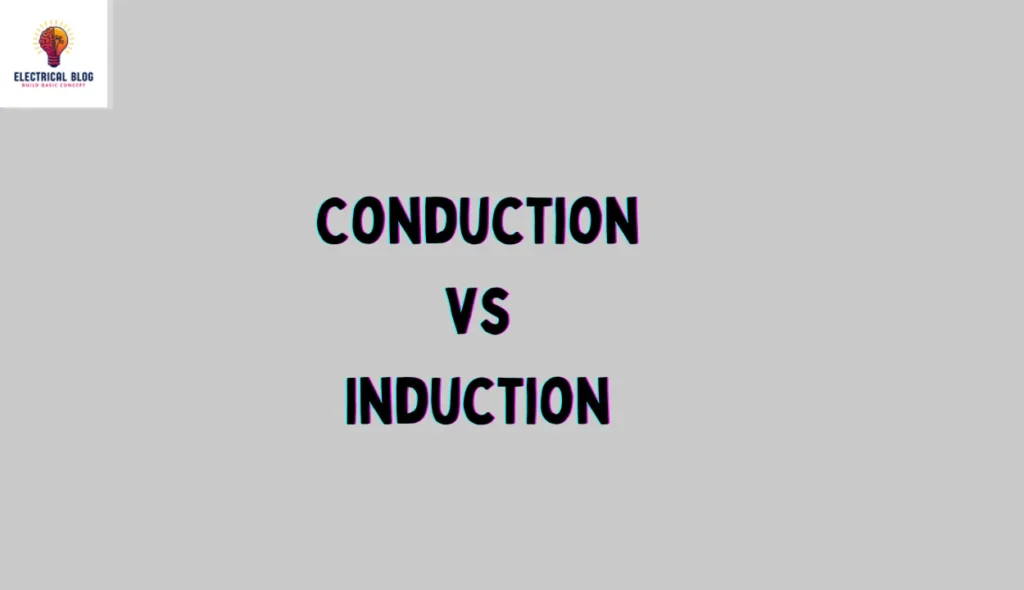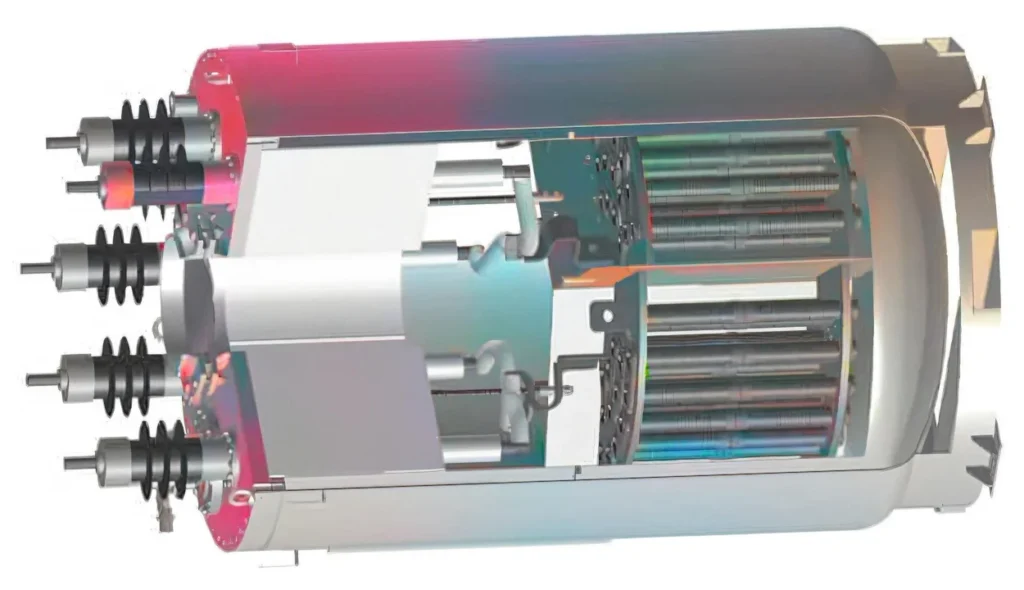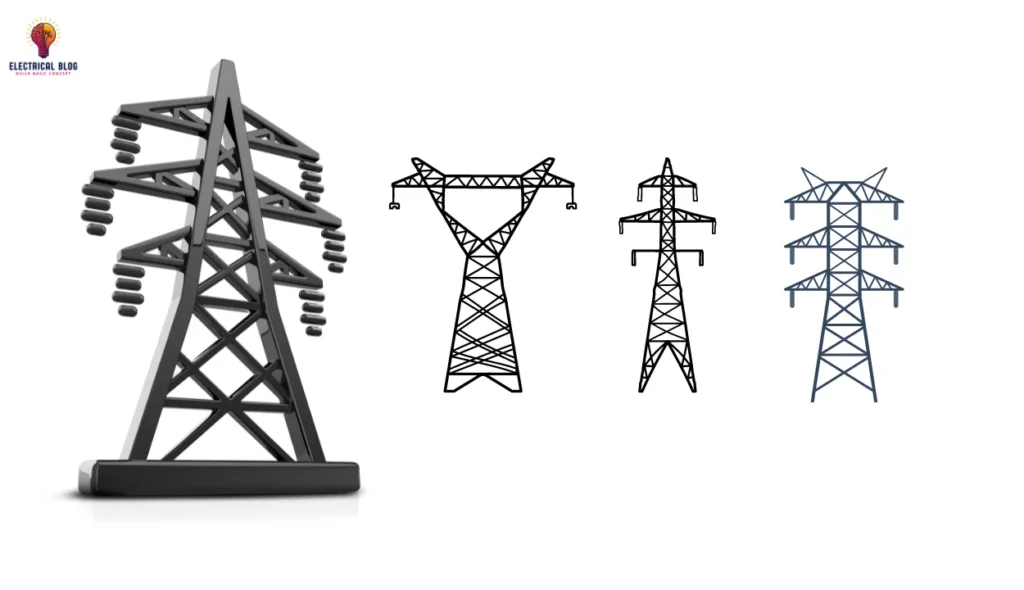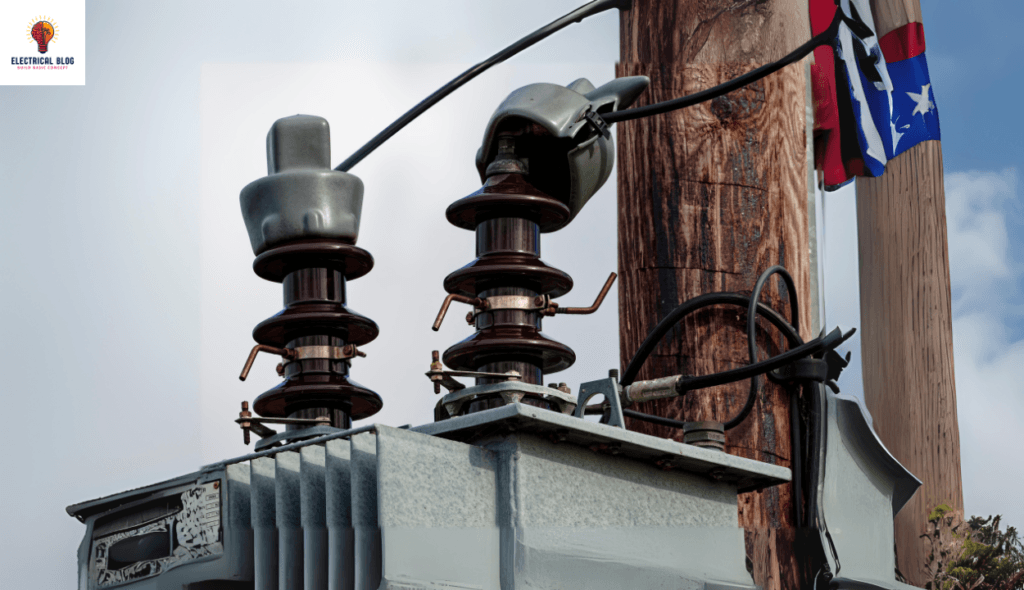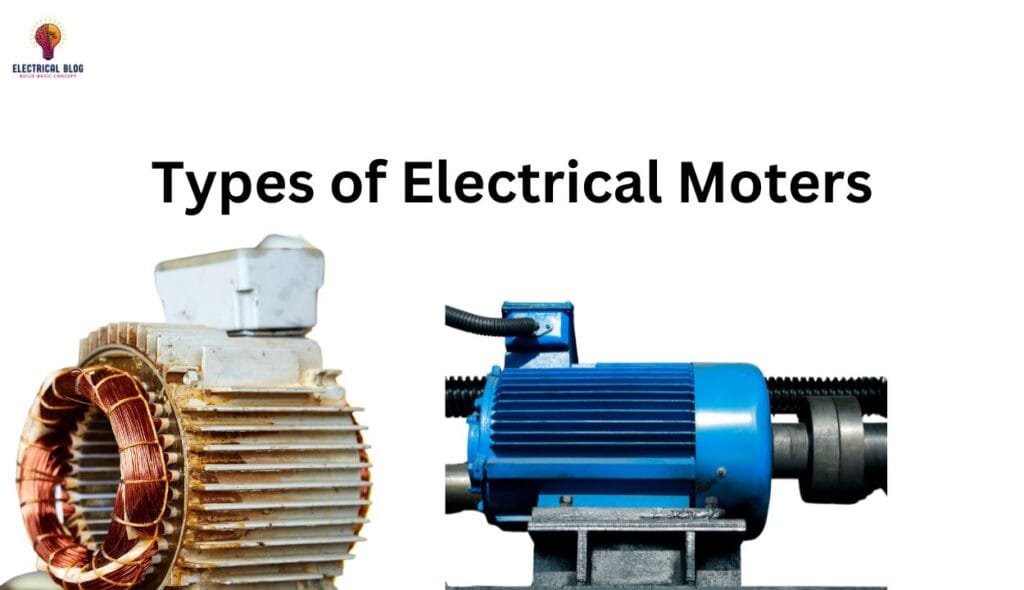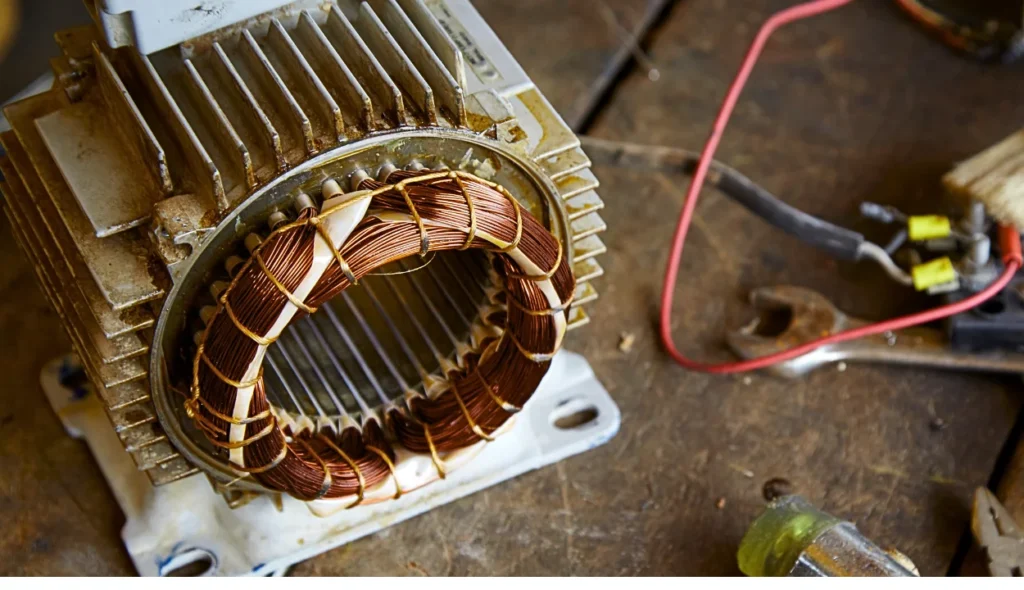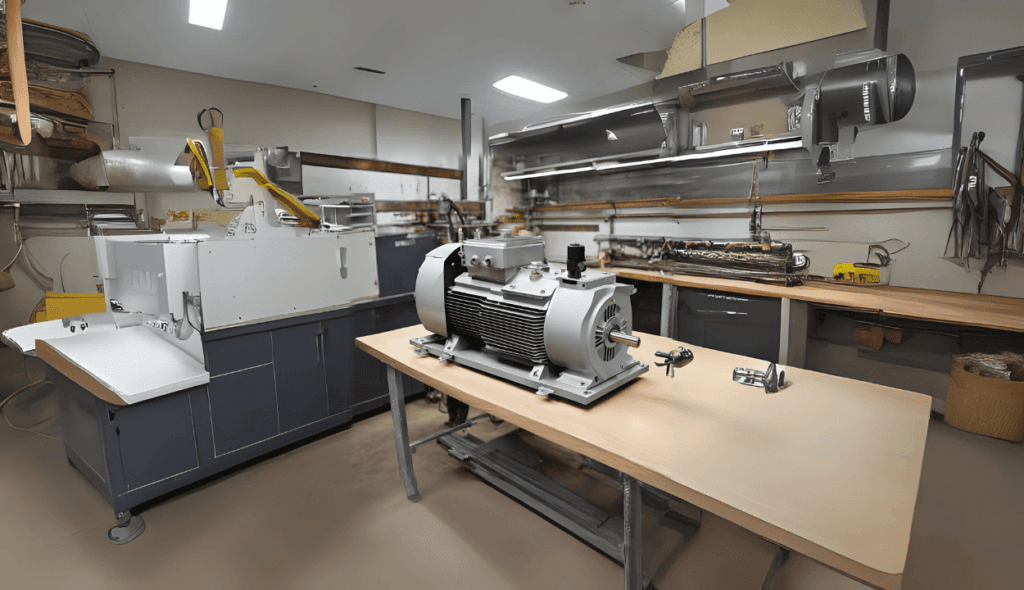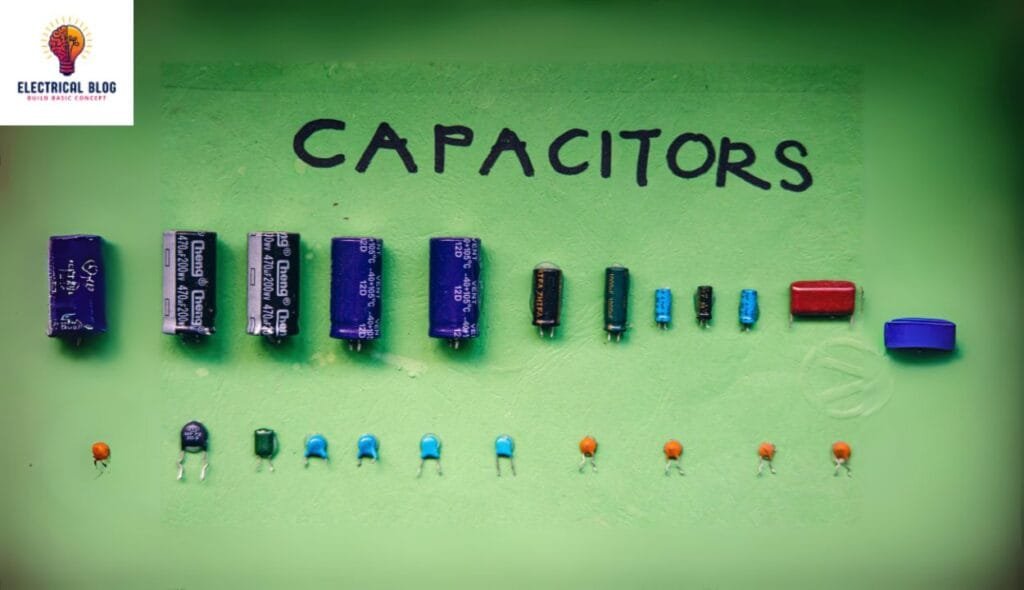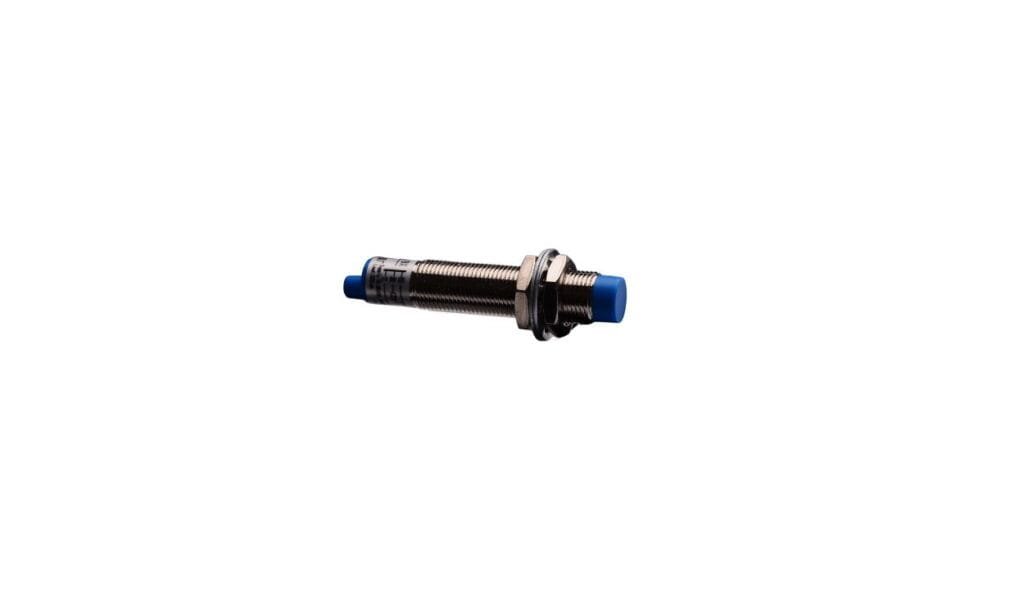Difference between conduction and induction?
Introduction Understanding the major difference between conduction and induction is key when learning about electric charging. These two methods involve different ways of transferring charge. Conduction requires direct contact to charge a neutral body by a charged object, while induction achieves this without making contact. Both methods rely on specific factors that exist to guide […]

